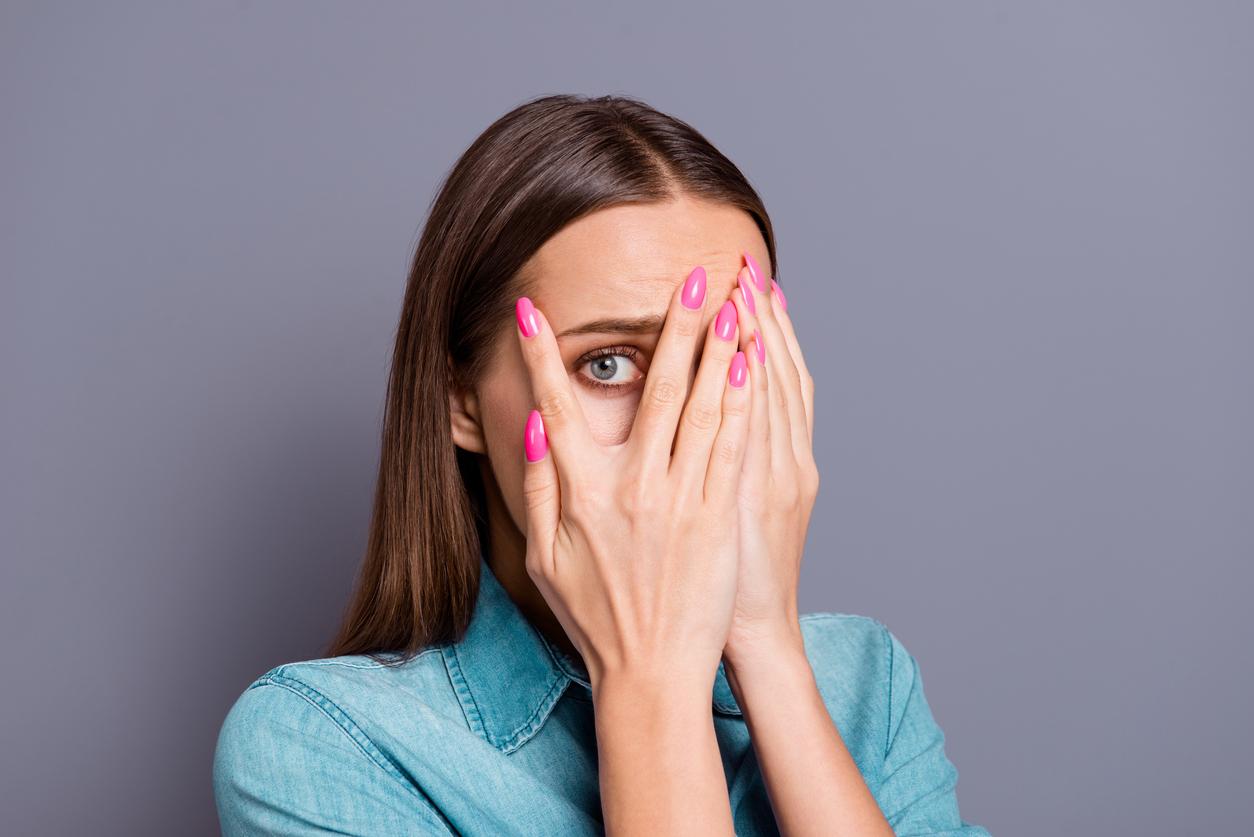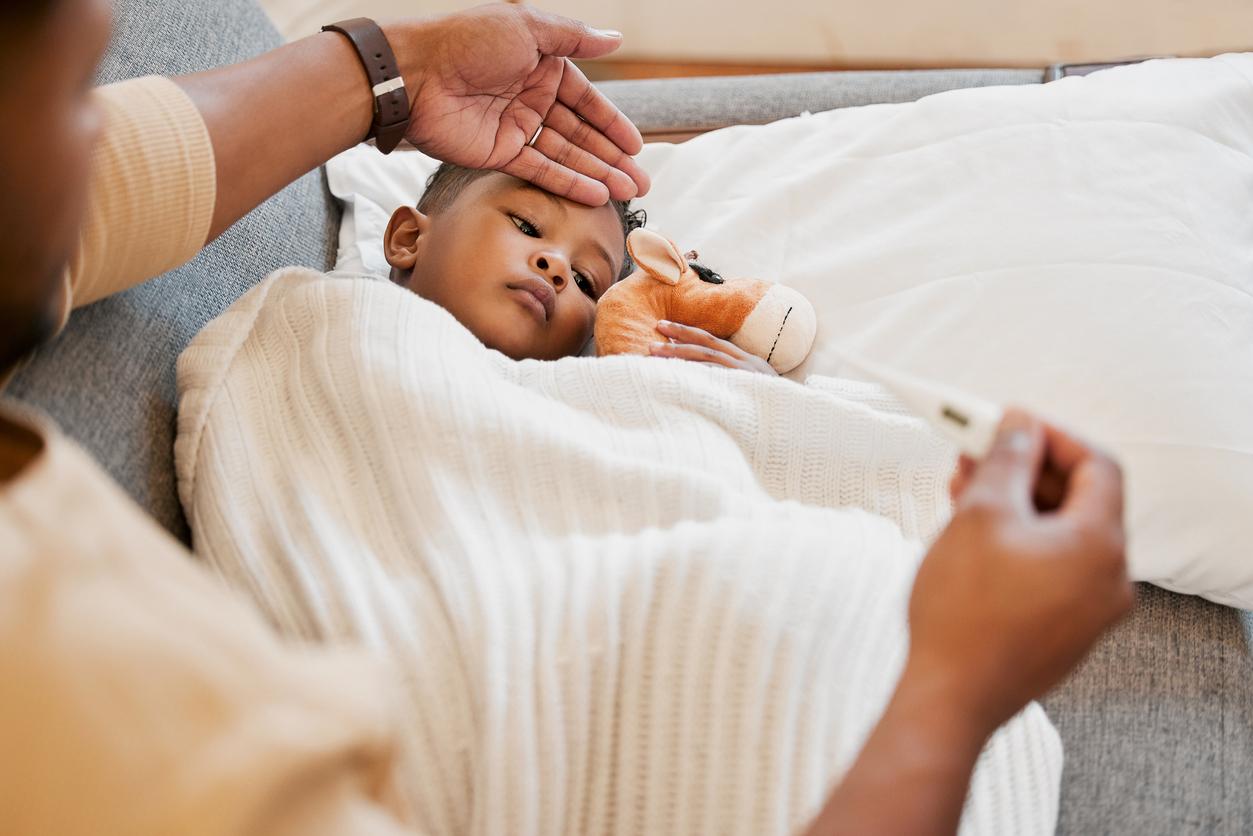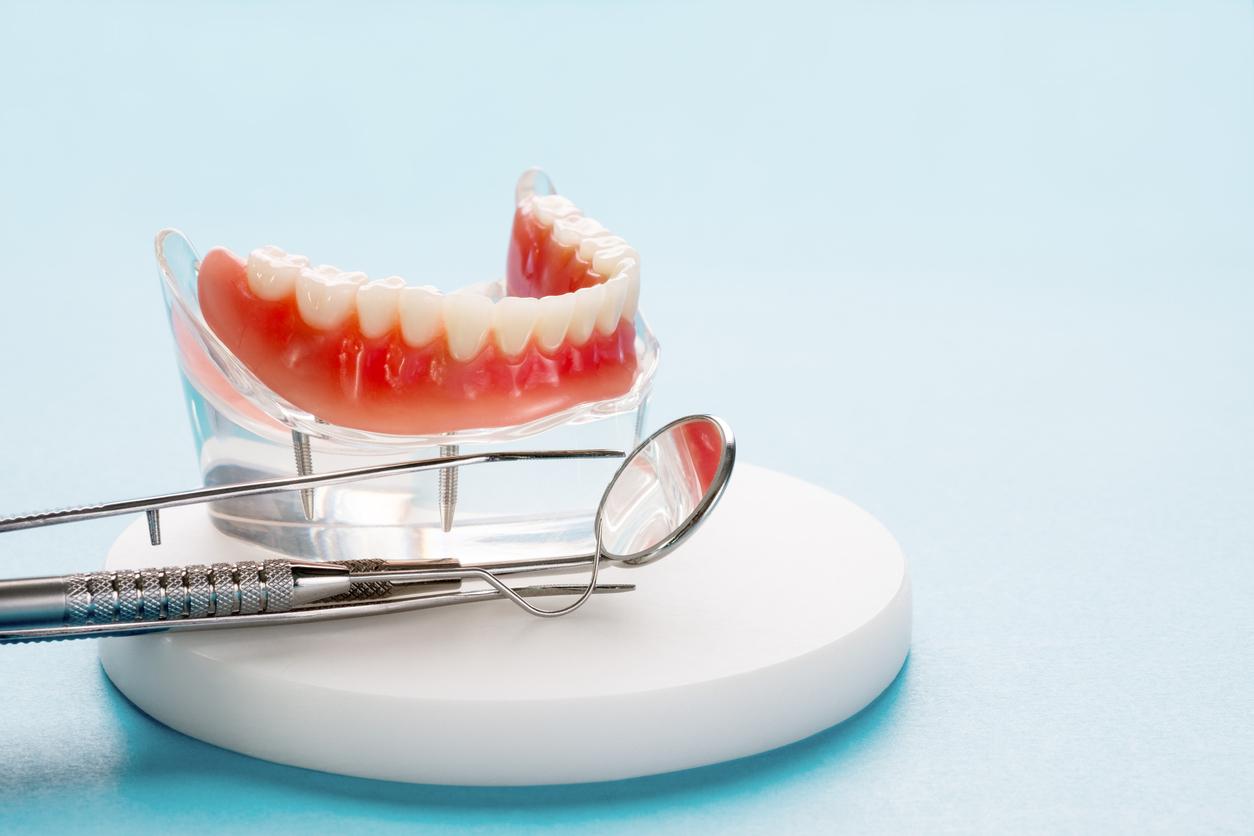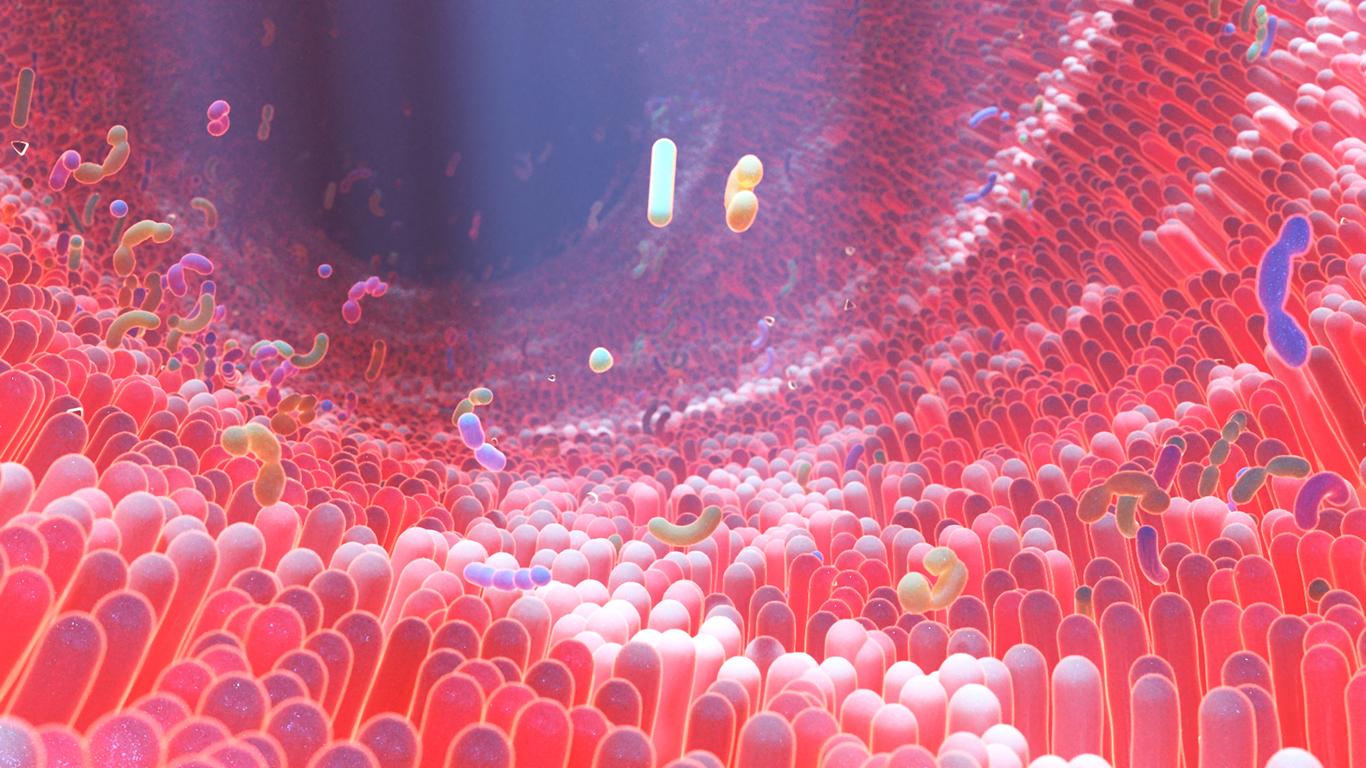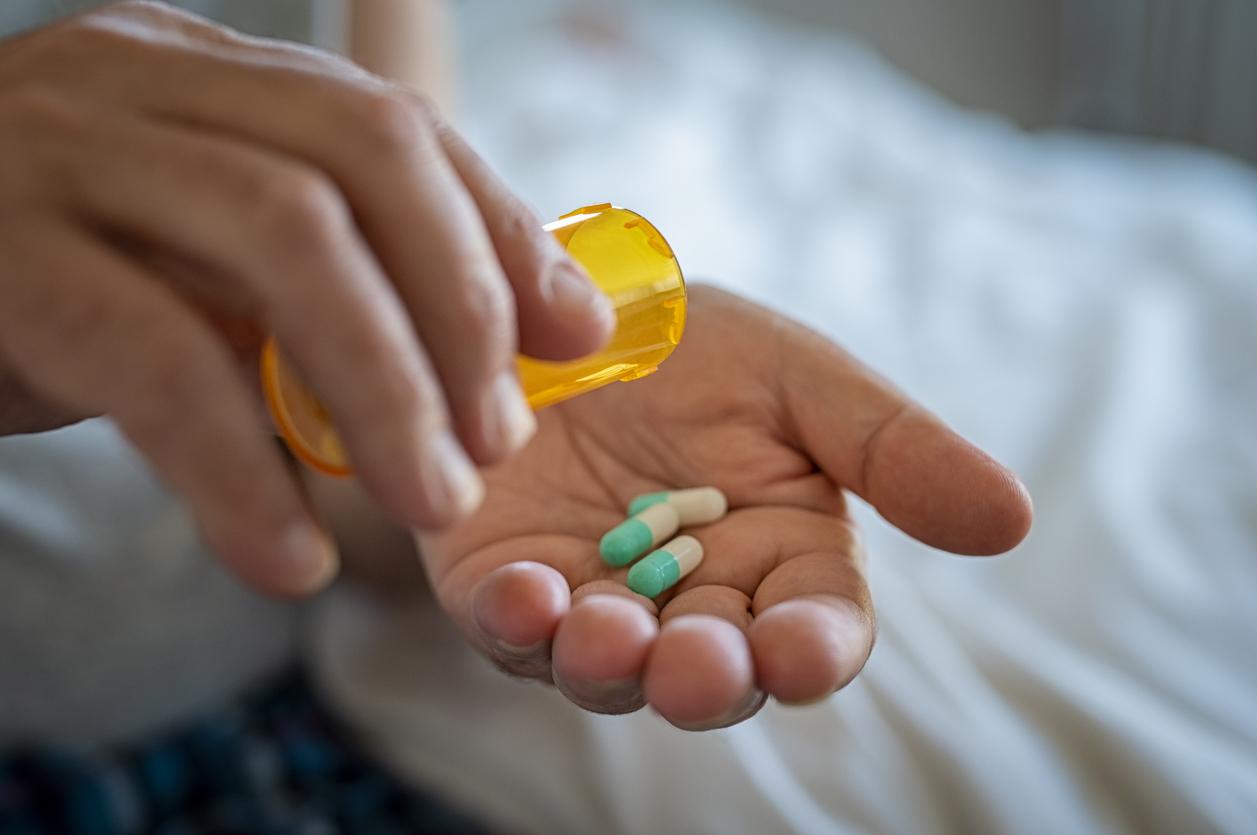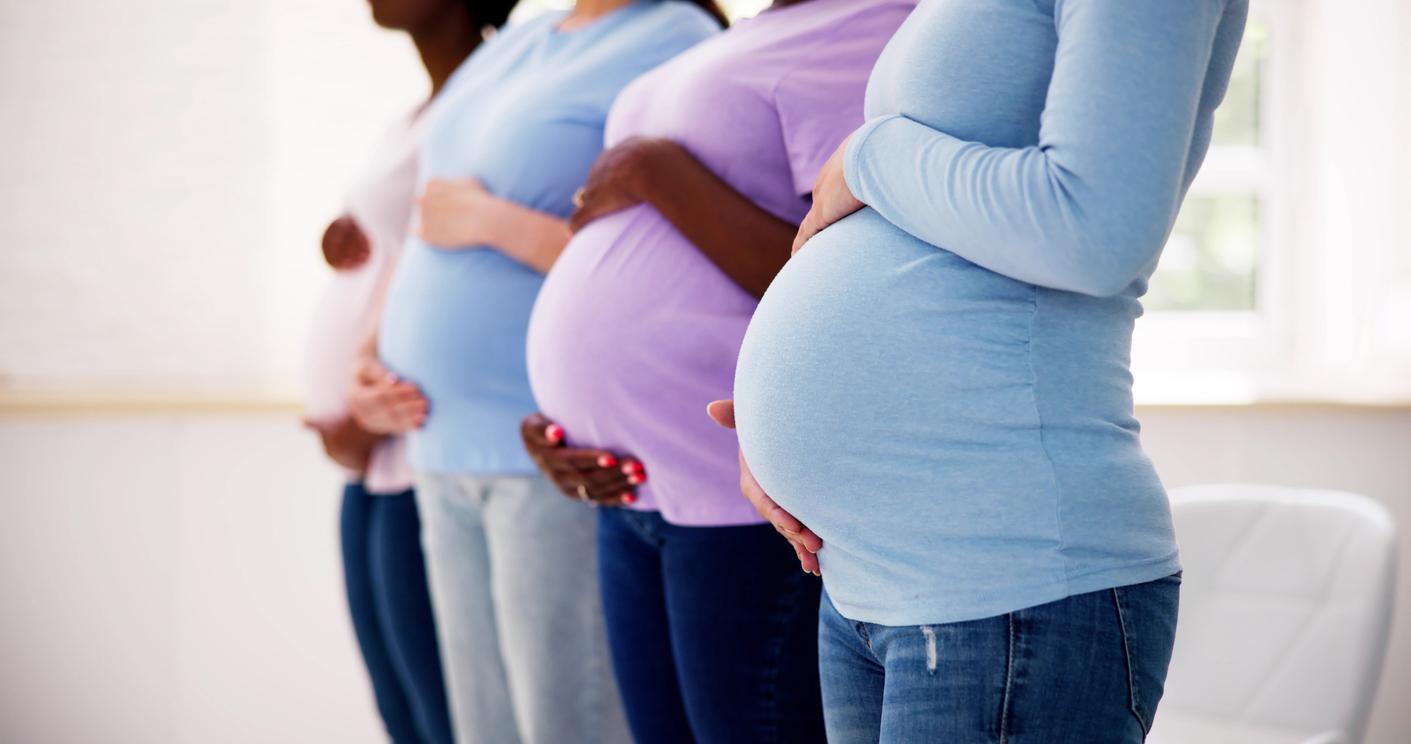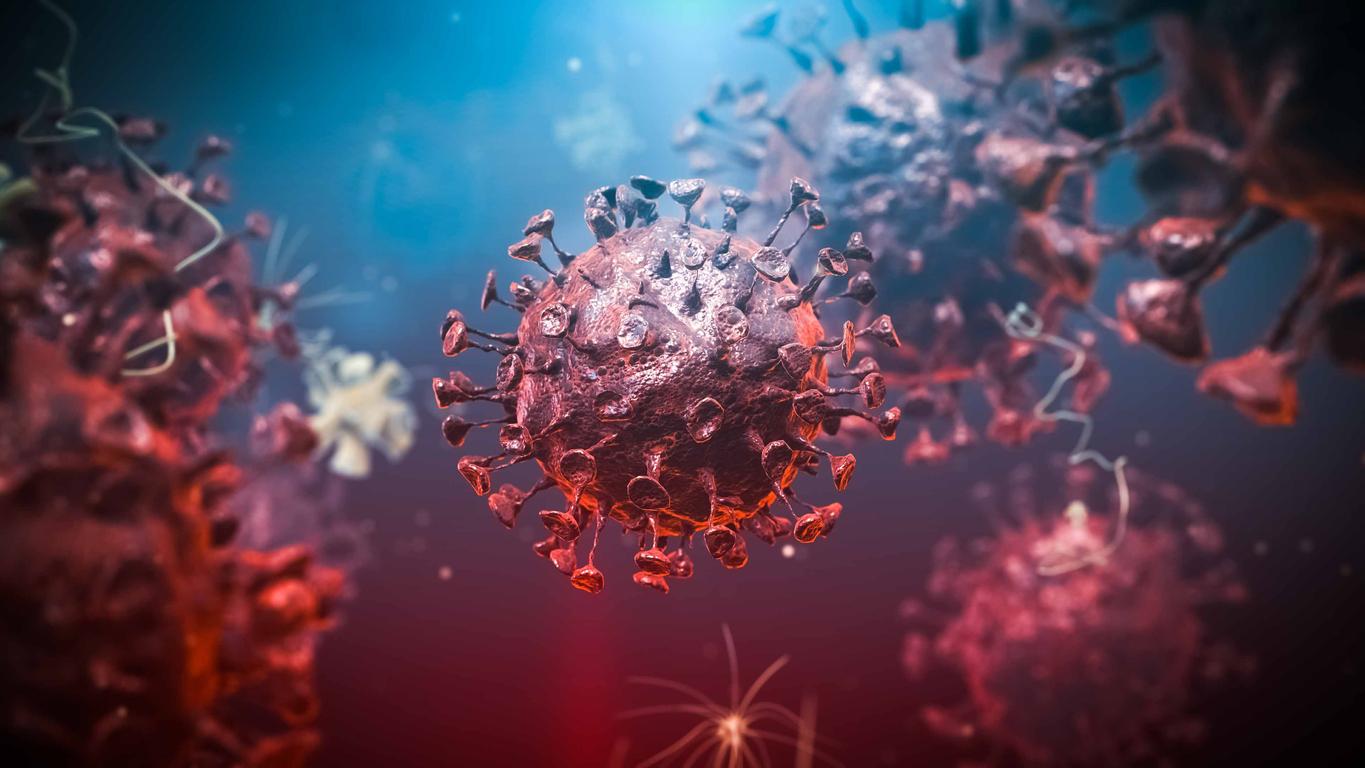Second-hand clothing can be infested with germs and should therefore be washed before wearing.

- Second-hand clothing can carry several germs, bacteria or parasites.
- This is why biologist Primrose Freestone reminds us that it is essential to wash them before wearing them.
- Clothes must be washed at least at 60 degrees to eliminate pathogens or disinfect them if the fabrics cannot withstand high temperatures.
Whether for financial reasons, ecological concerns or a love of vintage… second-hand clothing is becoming more and more popular. However, microbiologist Primrose Freestone of the University of Leicester warns second-hand fans in an article, published in The Conversation on November 8, 2024.
It is important to properly wash clothes purchased in second-hand stores, clothing exchanges and on platforms such as Vinted and Leboncoin before wearing them in order to reduce the risk of contamination.
Second-hand clothing can harbor many pathogens
“The skin is naturally covered in millions of bacteria, fungi and viruses, collectively known as the skin microbiome. This means that every item of clothing we wear comes into close contact with these microbes”writes Primrose Freestone. “Each person’s skin microbiome is uniquely adapted. What is normal and harmless for one person may be pathogenic for another.”she adds.
And the number of pathogens present on tissues are quite numerous. Studies have notably identified Staphylococcus aureus (which causes skin and blood infections), bacteria such as Salmonella, E. coli, norovirus and rotavirus and even fungi which can cause athlete’s foot and ringworm. Based on previous studies, the biologist specifies that pathogenic germs such as E. coli, Staphylococcus aureus and Streptococcus pyogenes are likely to remain alive in cotton or mixed fiber clothing stored at room temperature for up to 90 days. . If the fabric was polyester, it could go up to 200 days.
“Although it is difficult to determine the risk of contracting an illness from wearing second-hand clothing (no studies have been done to date), people who are immunocompromised are likely at greatest risk. If you have a weakened immune system , you should be very careful before wearing second-hand clothes”estimates the expert.
Second-hand clothes: 5 tips for washing them properly
Since microbes need water to grow, they tend to settle in moist places such as the armpits, feet and genitals. For Primrose Freestone, it is therefore important to pay particular attention to clothing in contact with these areas of the body.
Another element to convince you to put the long-awaited dress in the washing machine before putting it on: “a study of second-hand clothing contaminated with the scabies parasite even found that washing the clothing removed any parasites present,” underlines the specialist in her article.
To limit contamination and infections, it recommends:
- Wash second-hand clothes with detergent at a temperature of around 60°C: this inactivates pathogens and removes dirt and germs.
- Use a laundry disinfectant that cannot withstand washing at high temperatures.
- Do a separate wash: not cleaning second-hand clothes with those already owned during the first wash helps limit cross-contamination.
- Opt for a “pre-wash”: soak second-hand clothes in hot water with antibacterial laundry detergent for two to three hours then put them in the washing machine.
- Focus on heat: to eliminate remaining germs and parasite eggs, turn to hot drying using a tumble dryer or steam the garment (around 60°C, if the fabric allows it) .
“Although many second-hand clothing sellers claim that they wash the clothes before selling them, you can never be sure. That’s why it’s always a good idea to wash any second-hand clothes you buy It is also advisable to wash any new clothes you buy before wearing them.concludes biologist Primrose Freestone.









